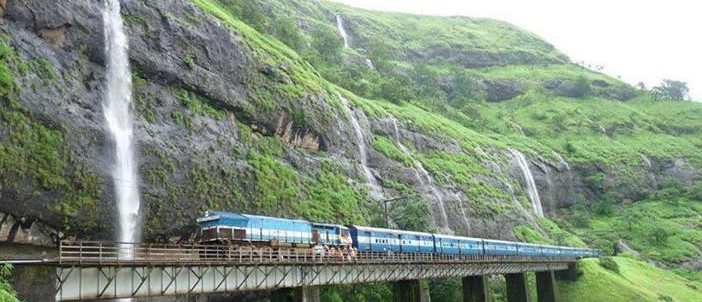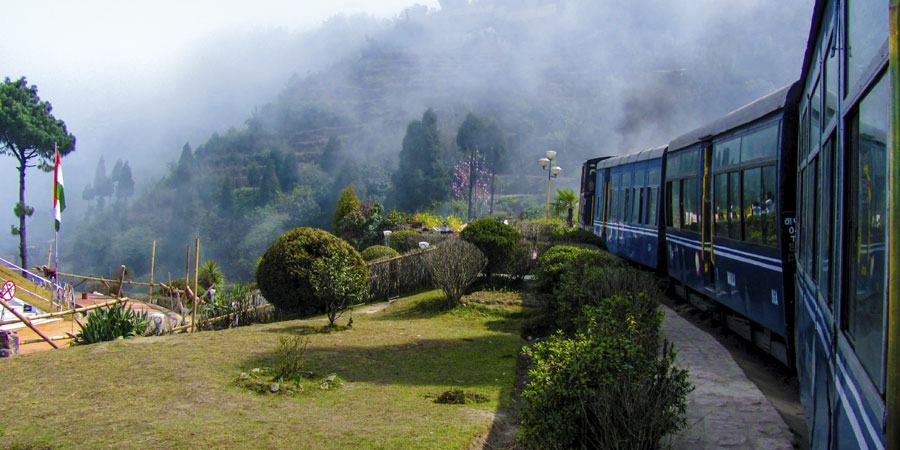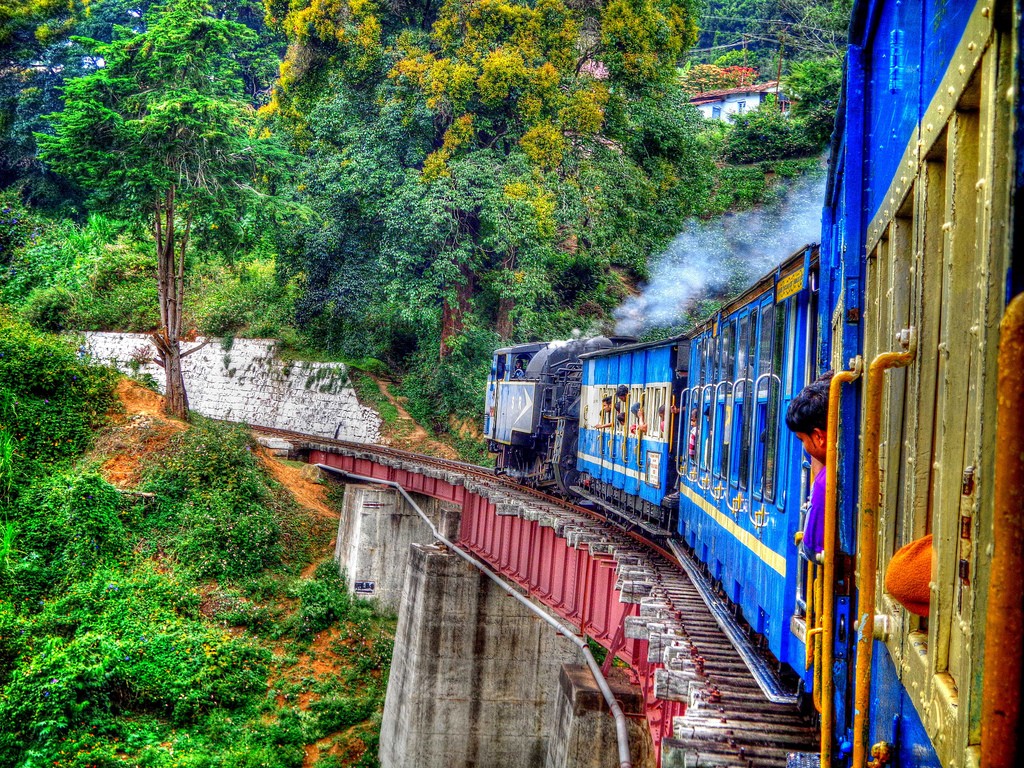India has had a long love affair with the railways. The first trains and tracks were brought to India almost two hundred years ago by the British. Since then, their usage has exploded. It is hard to imagined India without the image of winding railways and packed train cars. Almost 8.4 billion is recorded in annual passenger traffic, equivalent to each Indian citizen taking the train several times. India’s rail service boasts over 7000 railway stations, 1.3 million employees, and over 65,000 km of railway. It’s not just reserved for passengers. Railways have long been a crucial means of transporting trade. With India’s over 3 million square kilometres, they are a vital lifeline. It is no surprise then that India’s railways carry over 1 billion tonnes of freight traffic. The extensive nature of India’s rail network means that remote areas are often well-served. Mountains are no exception, and India’s three mountain railways were awarded UNESCO World Heritage Status in 1999.
Indian Railways: Darjeeling-Himalayan Railway
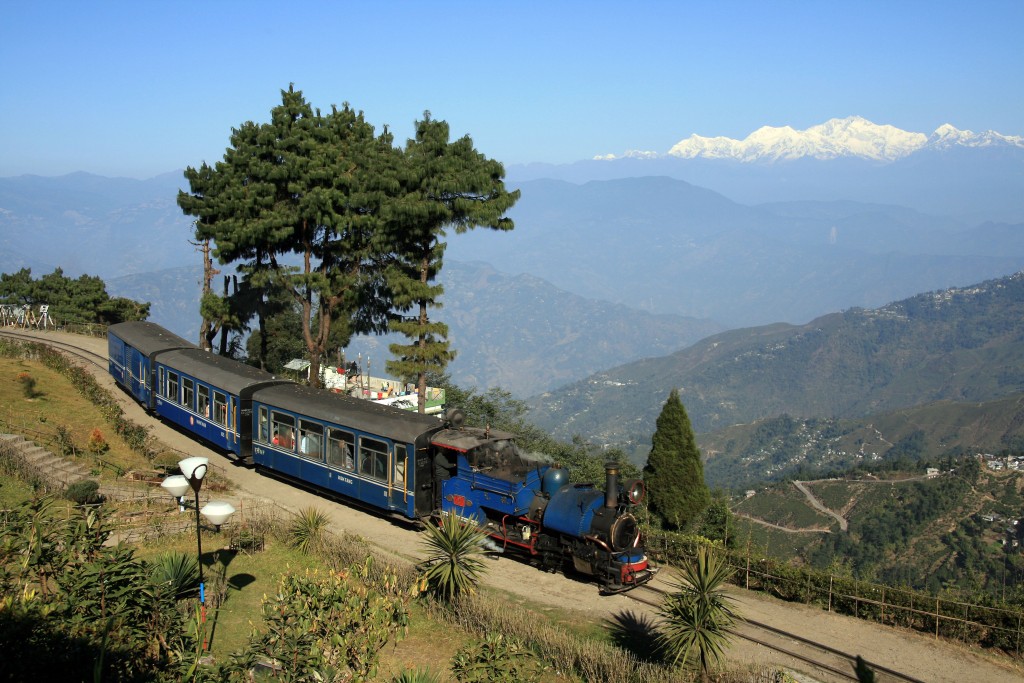
In India’s north, in the highlands of West Bengal, and in the shadow of some of the world’s tallest mountains, a train trundles along. India’s Darjeeling-Himalayan Railway was built in 1888, and connects New Jalpaiguri and Darjeeling, with several towns and loops in between. The route was always used for trading. Before the construction of a railway, the new settlement of Darjeeling was linked to other towns such as Siliguri by a hill cart road. India’s most famous resource was transported across this route. When tea plantations began to spring up around 1857, new routes for transportation were vital. In 1861, the hill cart road fro Darjeeling was constructed. Eighteen years later, the railway tracks were placed. Today, the route is mainly used to transport people. Commuter or tourists, passengers enjoy majestic views, from heights surpassing 2000 metres, and through the historic towns of West Bengal.
Indian Railways: Nilgiri Mountain Rail
Far to the south of the country, another railway traverses through the highlands. Located in the Nilgiri Hill of India’s Tamil Nadu province, the Nilgiri Mountain Railway has been in operation for more than a century. It is known as the steepest railway in Asia due to its steep gradient. The height of engineering at the time was used, with a Swiss inventor creating its unique ‘Alternate Biting System’, to prevent derailment. Like the Darjeeling-Himalayan Railway, the Nilgiri also exceeds heights of 2000 metres.
The Nilgiri Mountain Railway passes through a diverse route. From flat plains, to dizzying heights, and even through tunnels. It starts at Mettupalayam, a small town on the banks of the Bhavani river, to the historic town of Udhagamandalam (known as Ooty for short). The five hour journey whisks travellers through the scenic heights of Nilgiri, and through the forests, where trees cling defiantly to the steep hills.
Indian Railways: Kalka-Shimla Railway
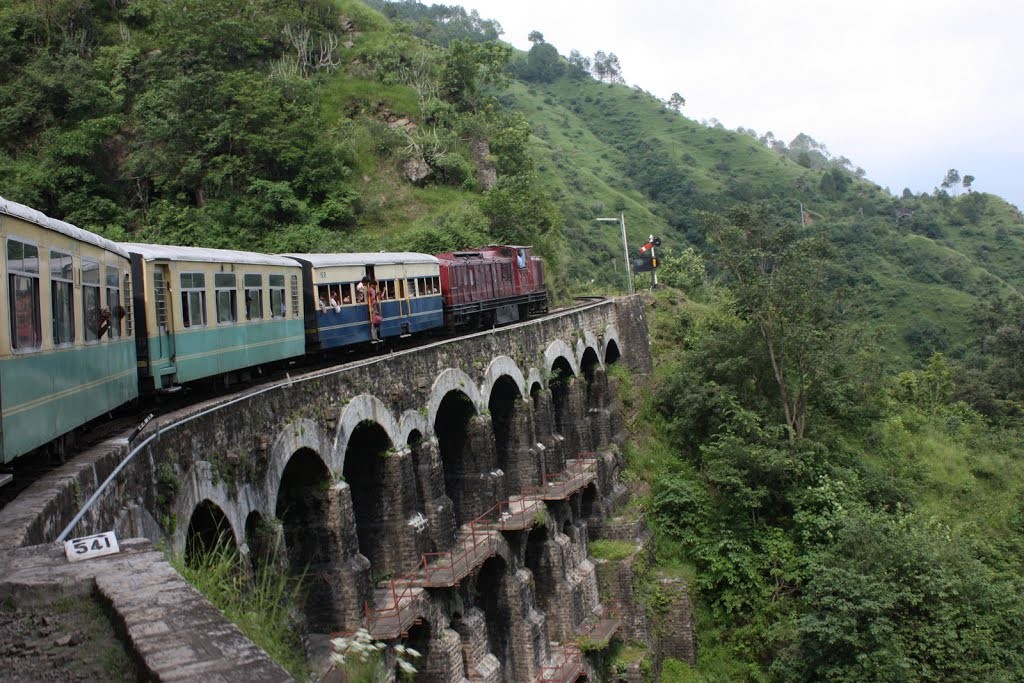
India’s last great mountain railway is the Kalka-Shimla Railway. Shimla was once the ‘Summer Capital’ of the British Raj, filled with summer homes for colonial administrators. It also became a base for the British army in India. Today it remains an important tourist capital, and the railway remains well-used. The tracks stretch from Kalka to the old ‘Summer Capital’, in India’s north west. With a steep climb to Shimla, the trains end up 1400 metres higher than where they started. With an adjoining line connecting Delhi and Kalka, it is the safest route to the capital from Shimla. The historic railway has over 800 bridges and 103 tunnels, allowing the train to seamlessly whistle through the foothills of the western Himalyas.
If you like this article you may be interested in “Ever wanted to visit the Taj Mahal by boat?…”.


